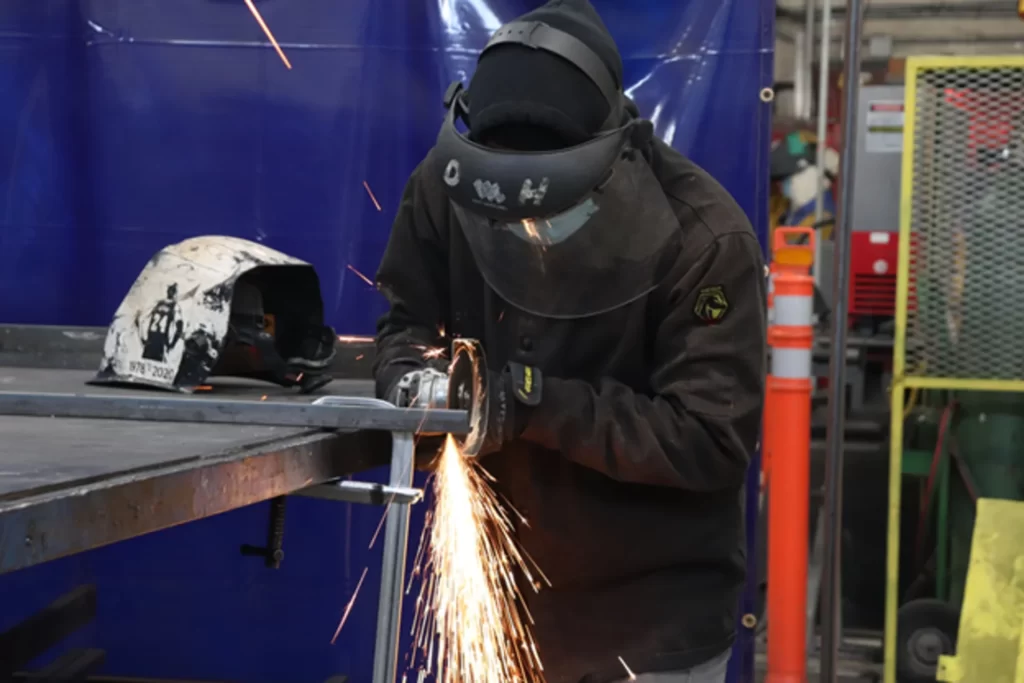The term “trade education” describes vocational training programs. These programs focus on providing the knowledge and abilities of various skilled trade professions of society. Therefore, trade education is an essential part of the American educational system if students are to pursue careers in trade and enter the economy successfully.
The shifting workforce, technology improvements, and the rising demand for skilled workers are just a few variables controlling the future of trade education in the United States. As a result, trade education will only grow more significant in the years to come and play an essential role in the American educational and workforce development systems.
One of the significant elements affecting the future of vocational education is the rising need for skilled labor. People who can work in skilled trades like plumbing, welding, and electrical have become more in demand in recent years. Moreover, the rapid advancement of the industrial, construction, and energy sectors will persist.
The growing significance of trade education is expected to grow within the American institutional and employment systems. This is taking place due to the rising need for skilled workers. As a result, there will be a more excellent supply of competent workers, helping to meet the increasing need for manufacturing, energy, and construction workers.
Another aspect that is expected to impact how vocational education develops in the future in the United States is the growth of technology. Recent years have seen substantial advancements in industrial, energy, and construction technology. Since these developments are anticipated to continue in the years to come, trade education programs will need to change to keep up.
For instance, building information modeling (BIM) and computer-aided design (CAD) have become popular within the construction sector. Because of this, trade education programs must include these technologies in their curricula to guarantee that students have the abilities and information required to function in this fast-evolving industry.

Another key factor influencing the expansion of vocational schools in America is the changing nature of the workforce. Freelance labor has replaced traditional full-time jobs and college education. For instance, technical education programs, such as business management and marketing skills, must give students the knowledge and abilities to work as independent contractors or freelancers. This will guarantee that students are adequately equipped for the evolving workforce.
In conclusion, a number of factors, such as the expanding demand for skilled people, technological developments, and industry-specific changes, are anticipated to have an impact on the growth of trade education in the United States.
Trade education is predicted to play a growing part in the schooling and labor growth structures in the United States by equipping students with the knowledge and skills required to join the workforce and pursue a rewarding profession in the trade. Learn more about career in the trade with PTTI.
Read More: